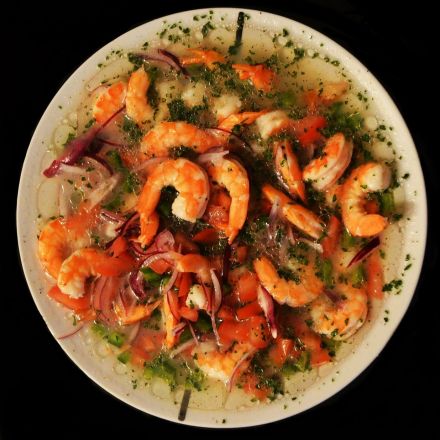

10 years ago
5
The Top 10 Foods to Eat Before You Die
Which are the top 10 foods to eat before you die? Plant a tree, have a child, write a book… and taste the ten delicacies in our list! All of these are things you should do sooner rather than later, before the Grim Reaper comes your way… BOO!
Continue Reading




















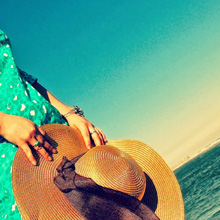
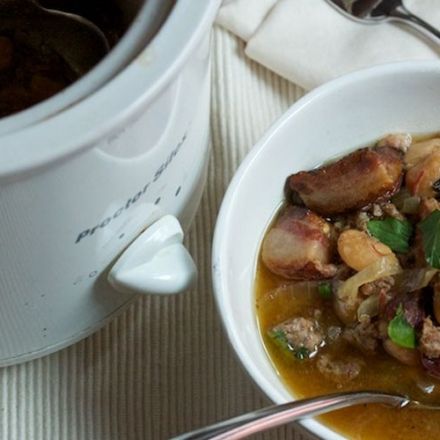

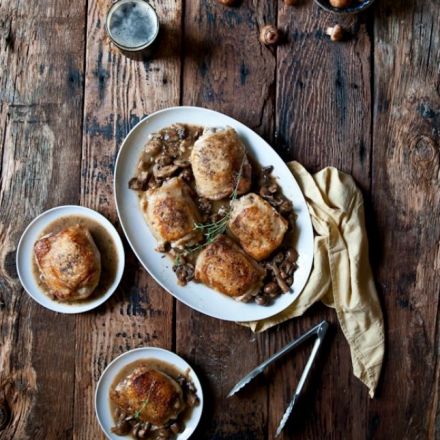
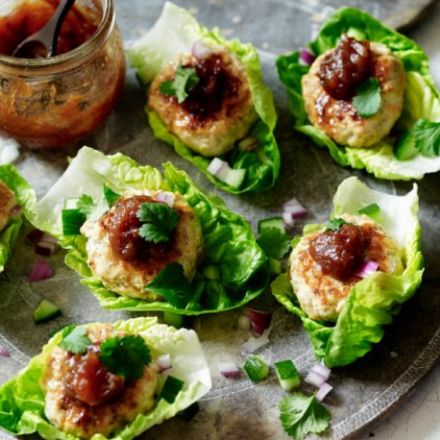
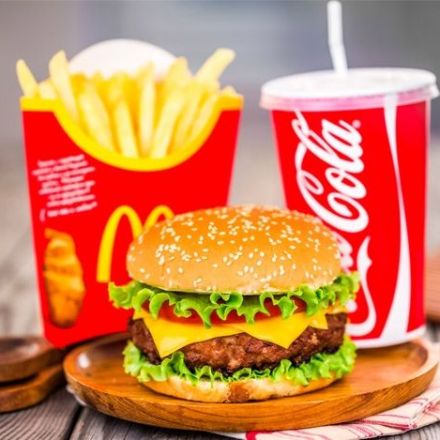
Join the Discussion
Some of that I've had, some not..Instead of es cargo, I've had conch soup,which is a sea snail. Quite tasty. On my bucked list was pheasant,which is wonderful ! It's way better better than duck and is as good as goose. Not eating raw fish,not happening.
You really need to give raw fish a prolonged try!
I remember the first time I got into Sushi, I stayed away from the raw fish menu when it came to rolls, etc. But over time (which happened rather quickly), I started getting comfortable with the concept and started supplementing the general "California Roll" orders with rolls like the Salmon Maki, or Spice Tuna Rolls. There came a time after a year or so that I even started to give raw Salmon/Tuna nigiri and sashimi a try. Now, half of the food I order comes in Sashimi/Nigiri as I truly crave simplicity in my Sushi.
Nope,really afraid to eat it...Steamed is as far as I will go.
What do you mean when you say afraid? Is it just the taste and texture you don't like or is it a deep seeded fear of getting sick from raw uncooked fish flesh?
Century Egg... Nope.